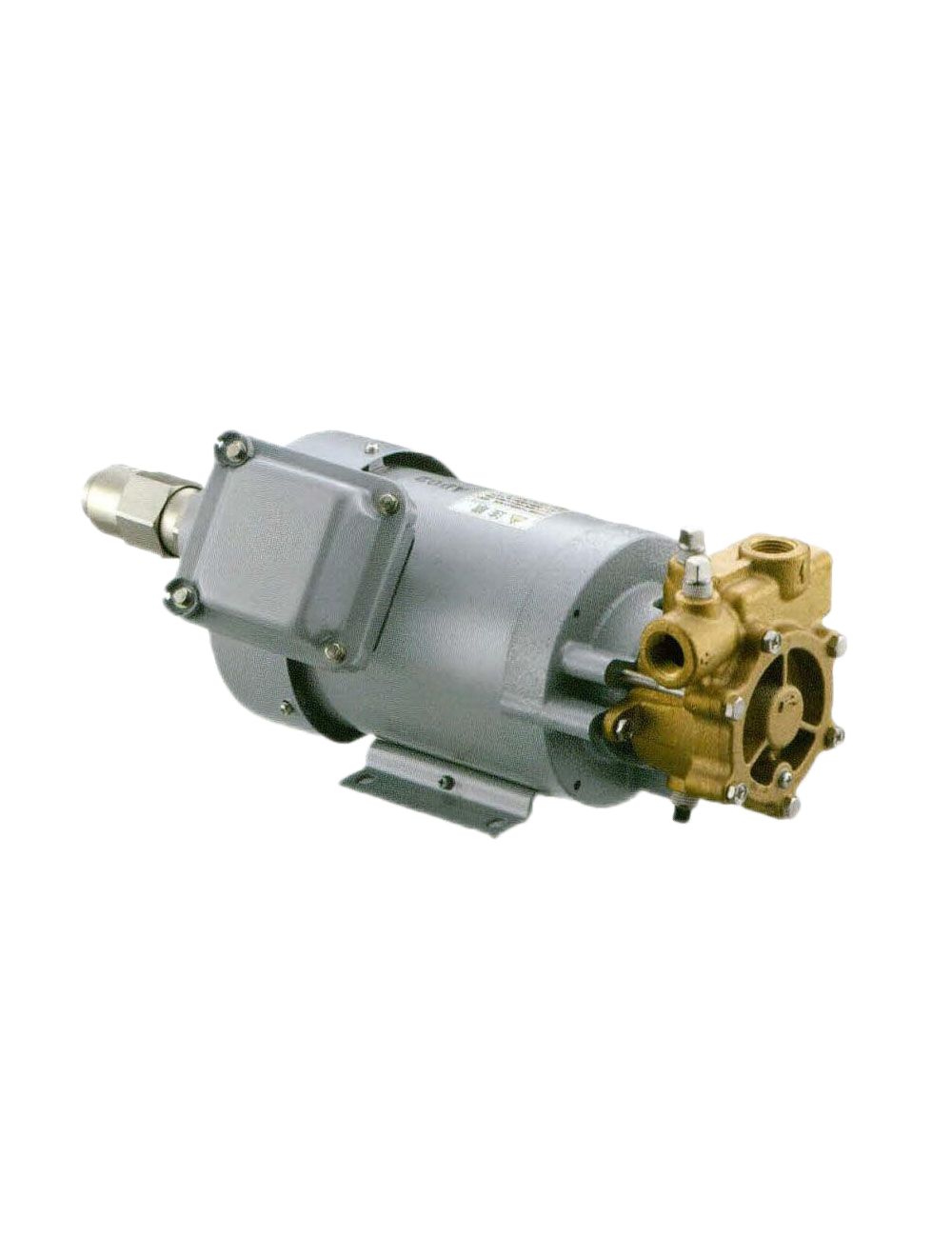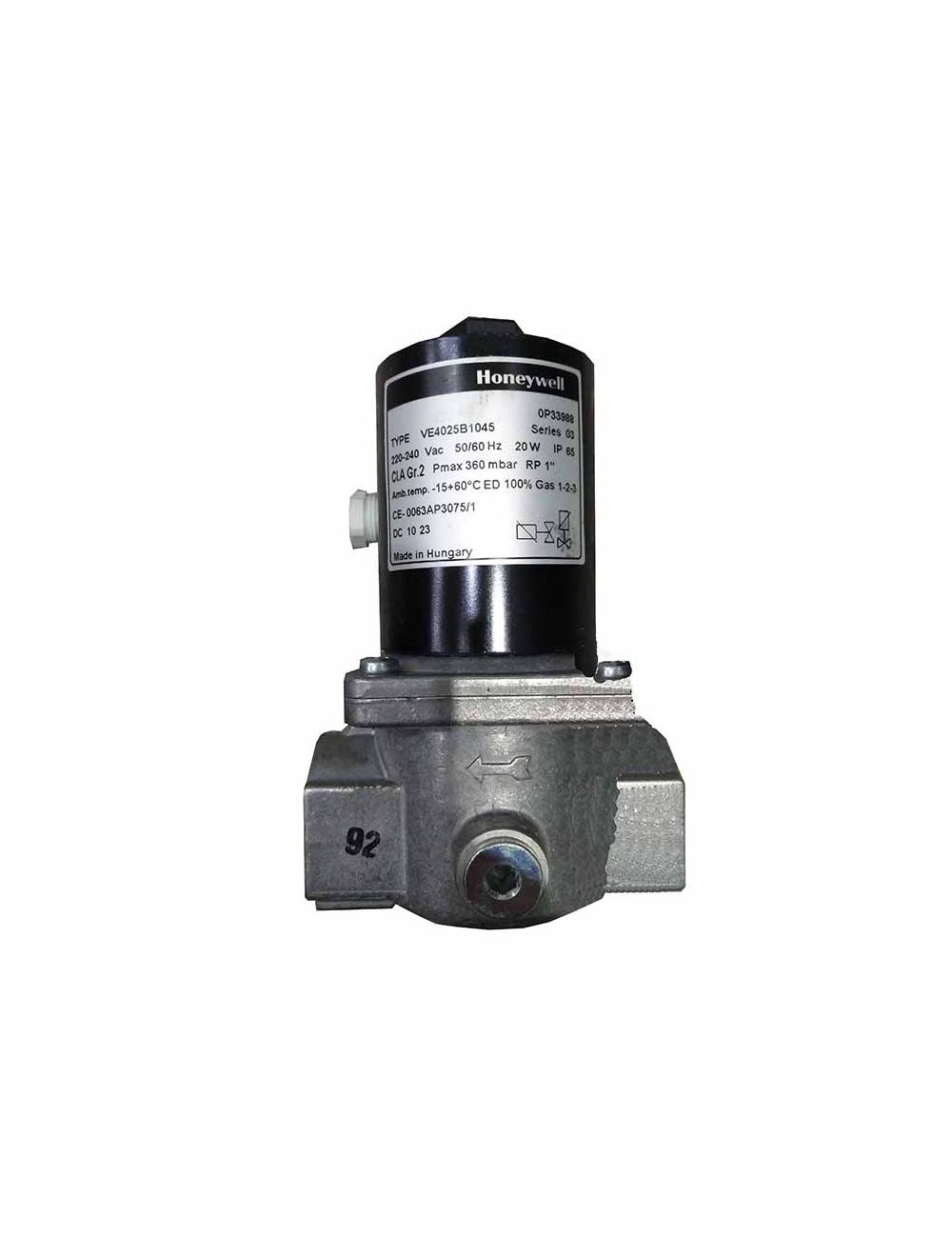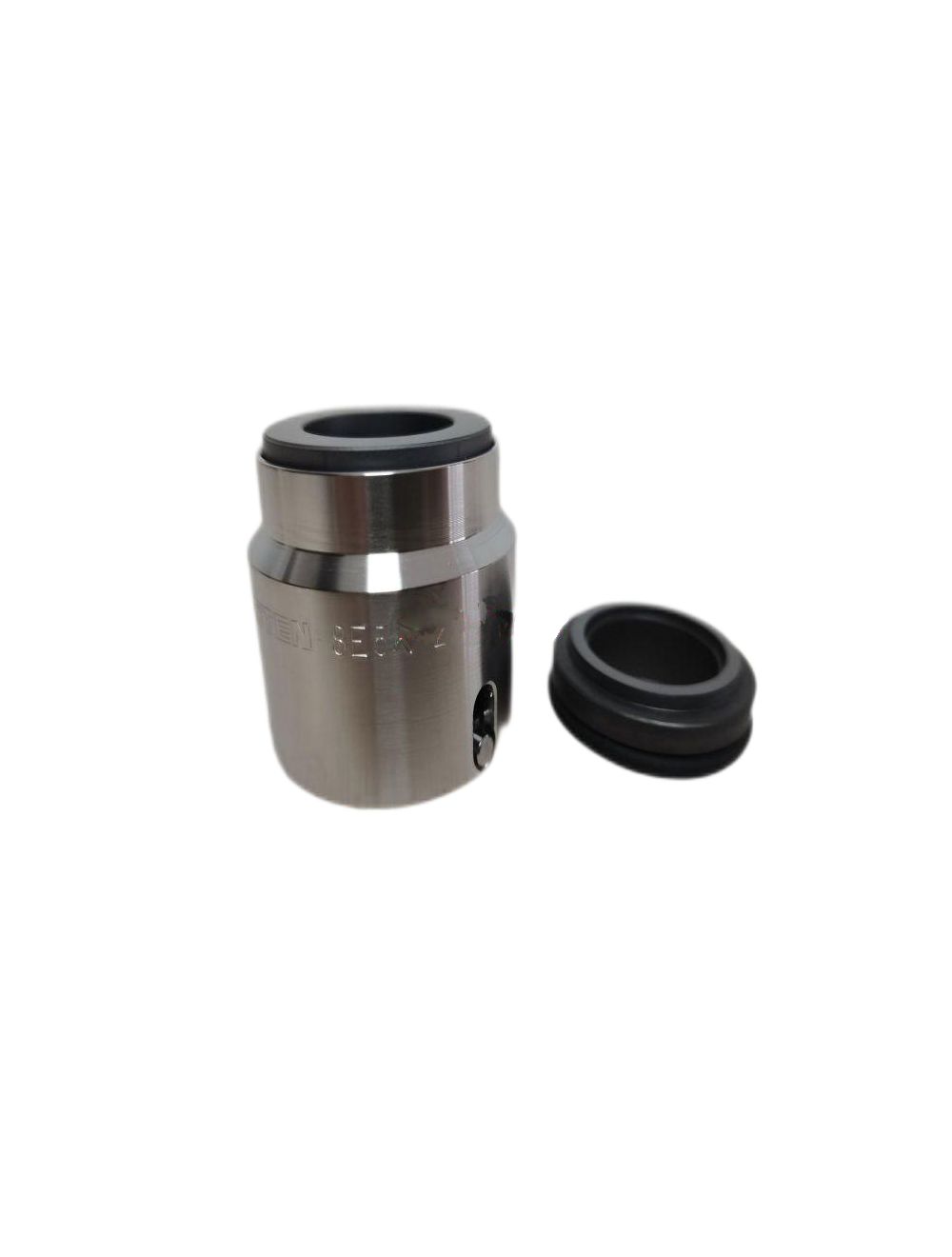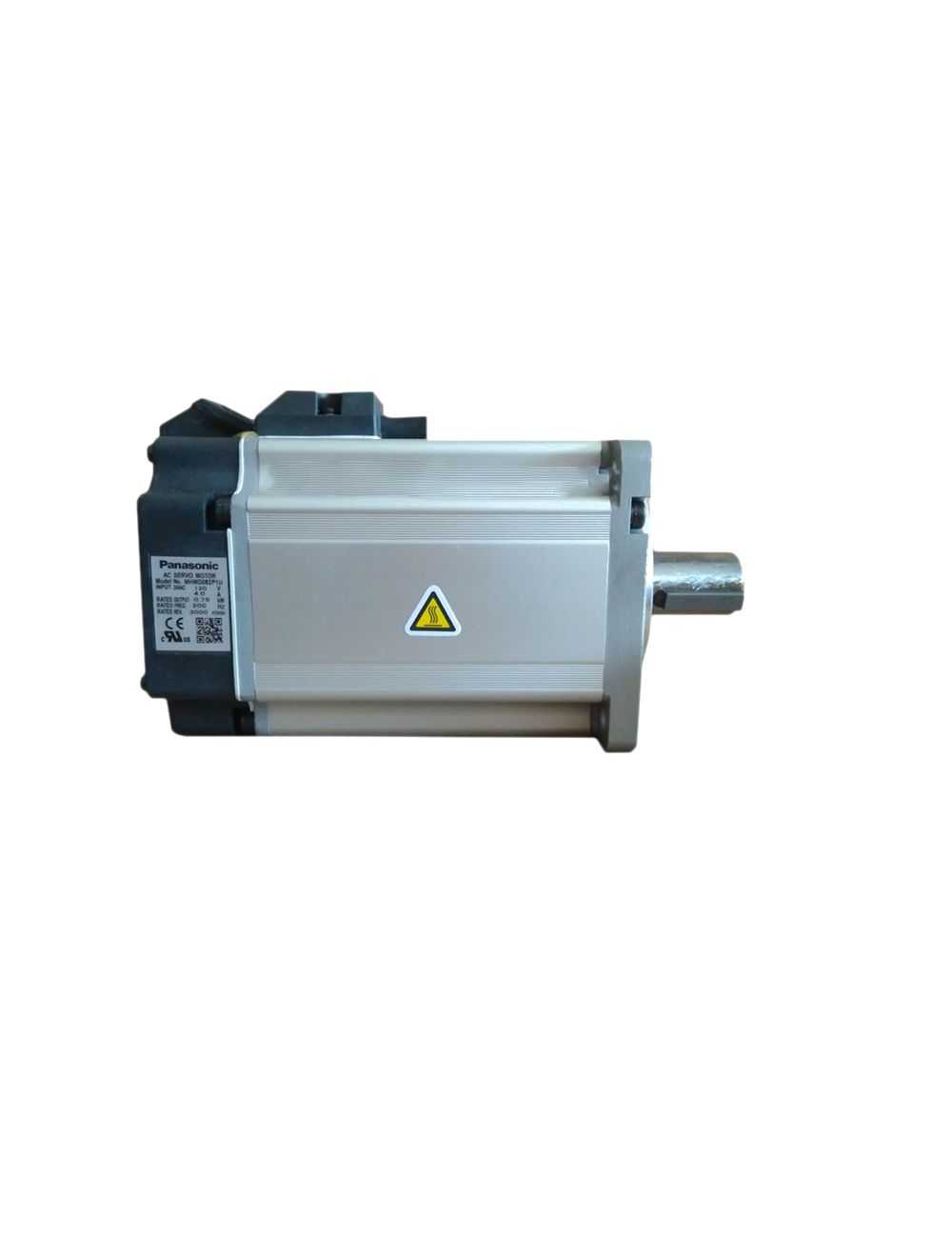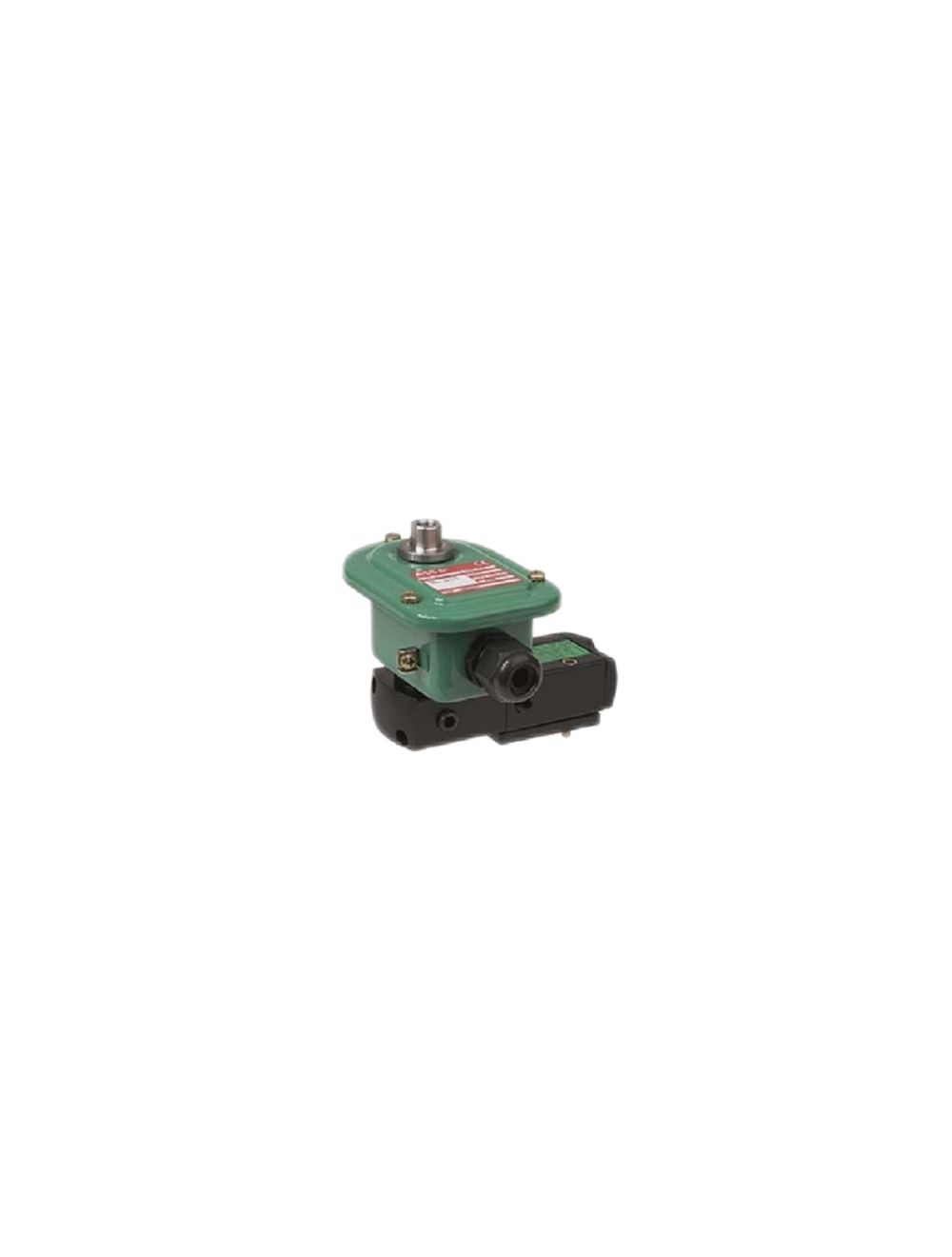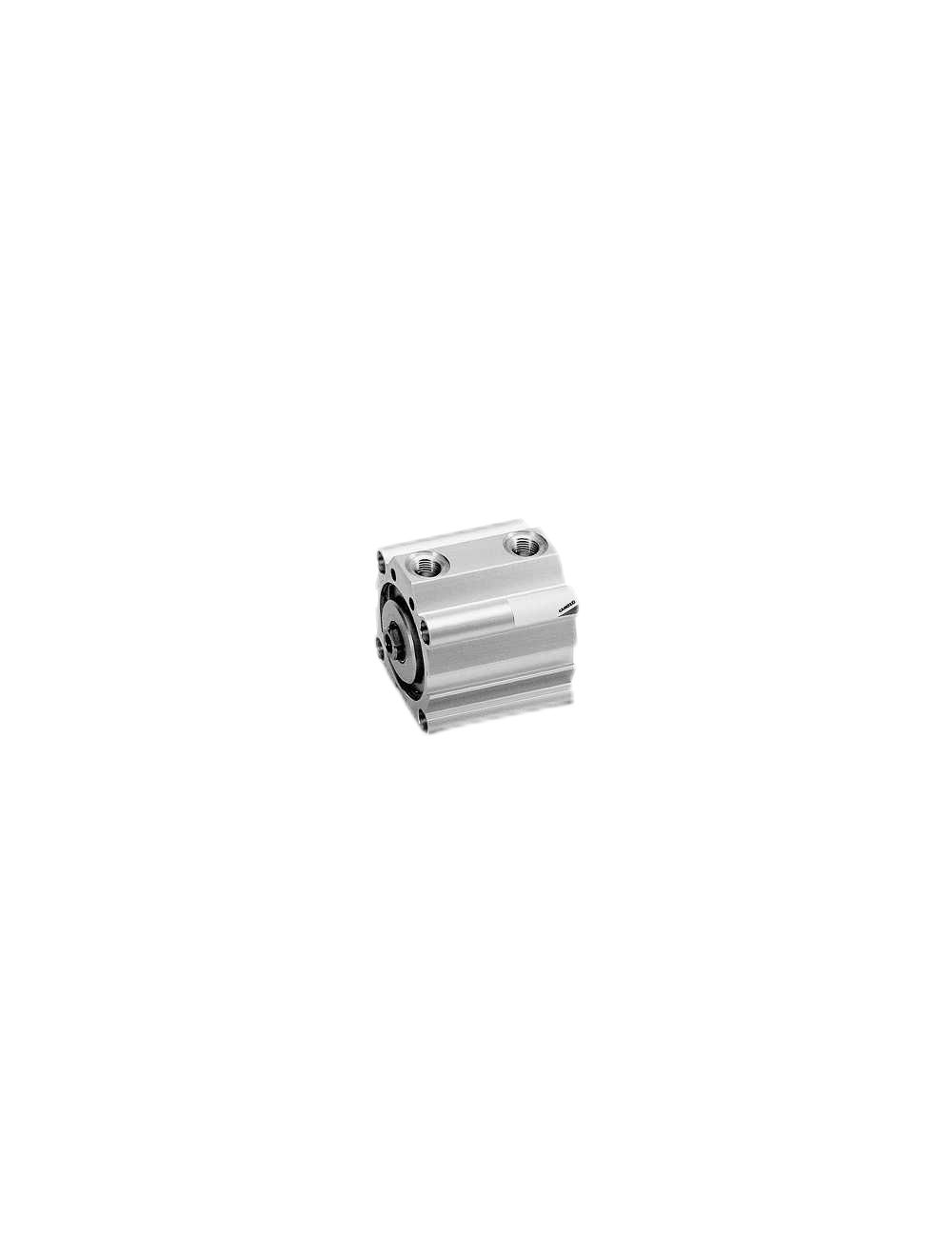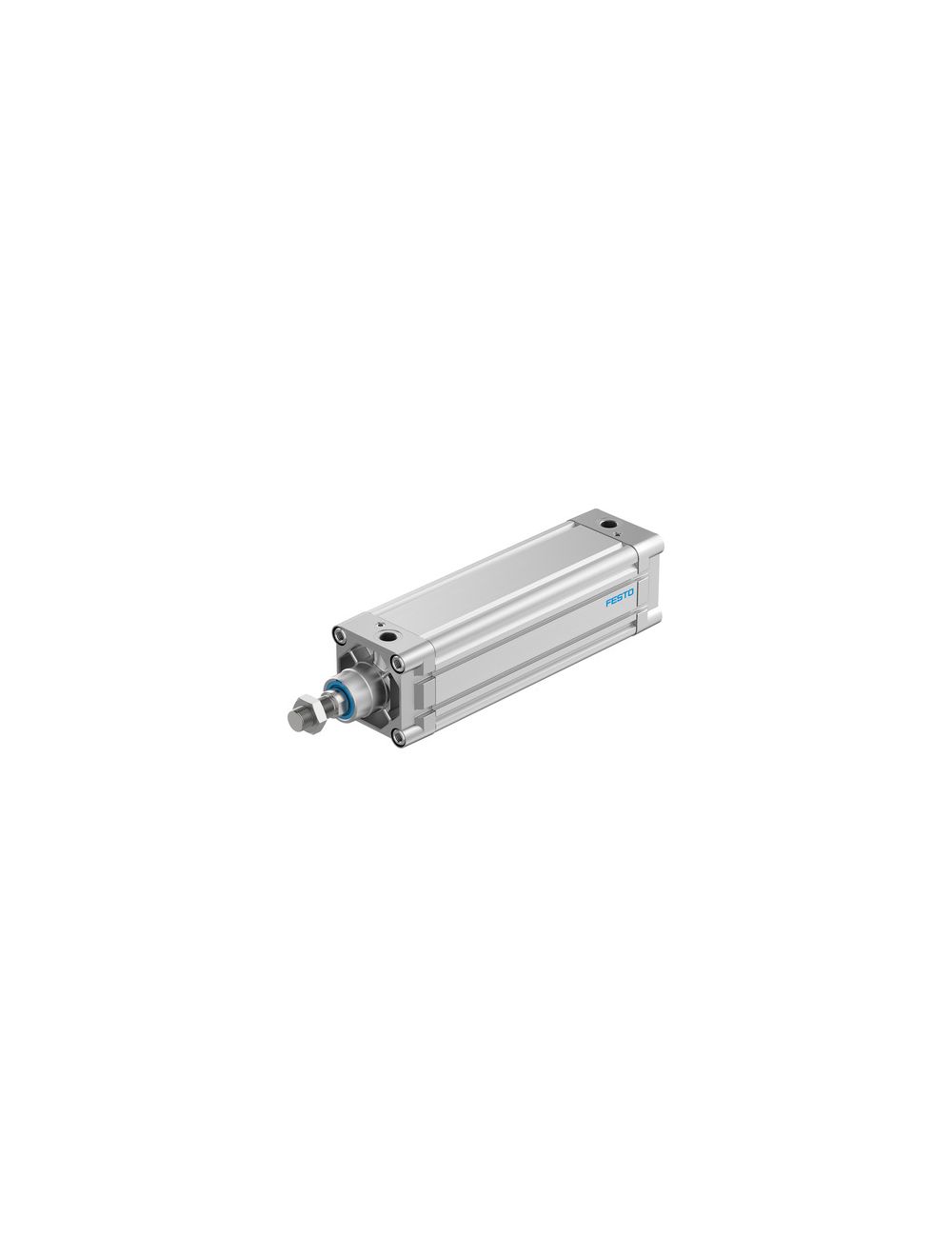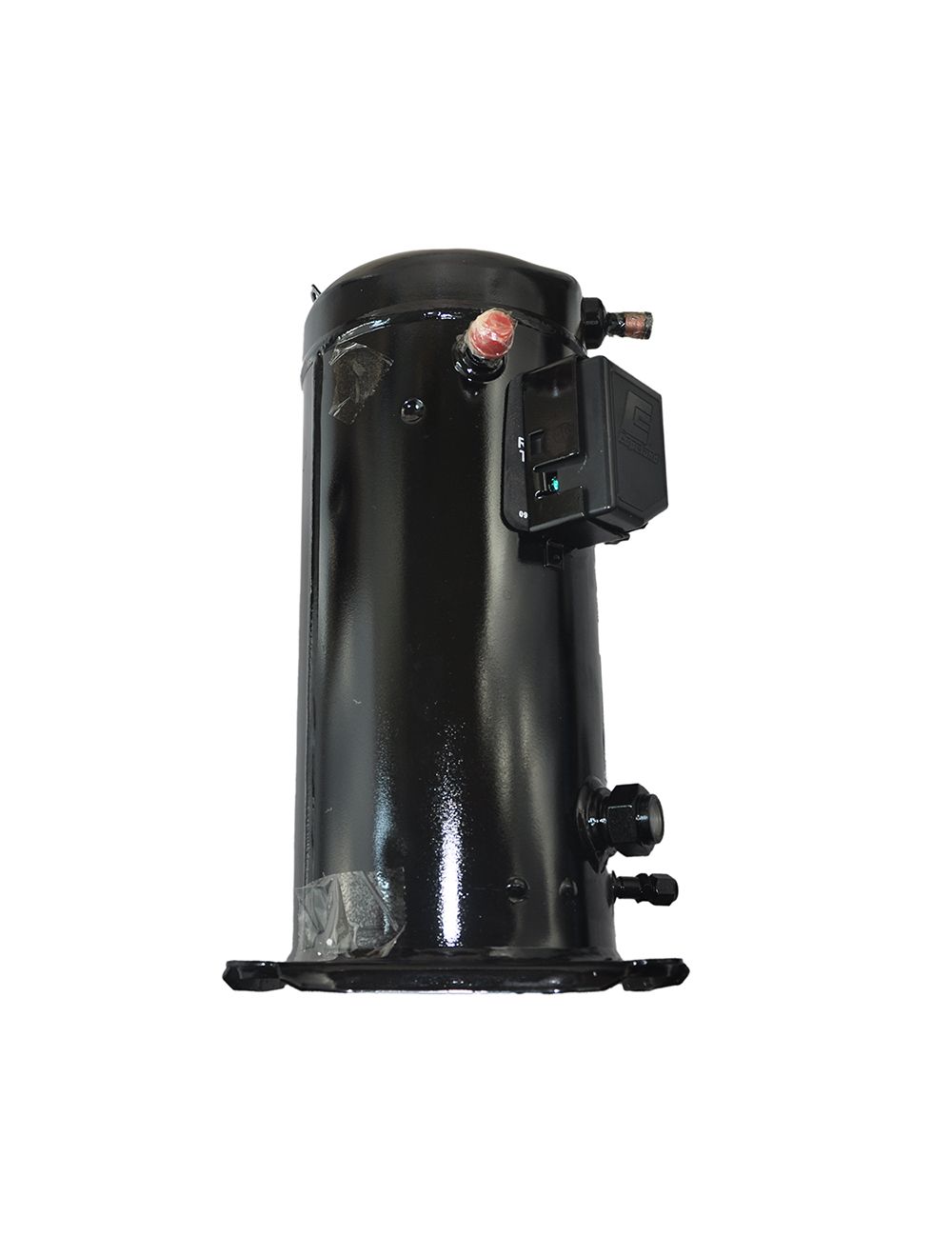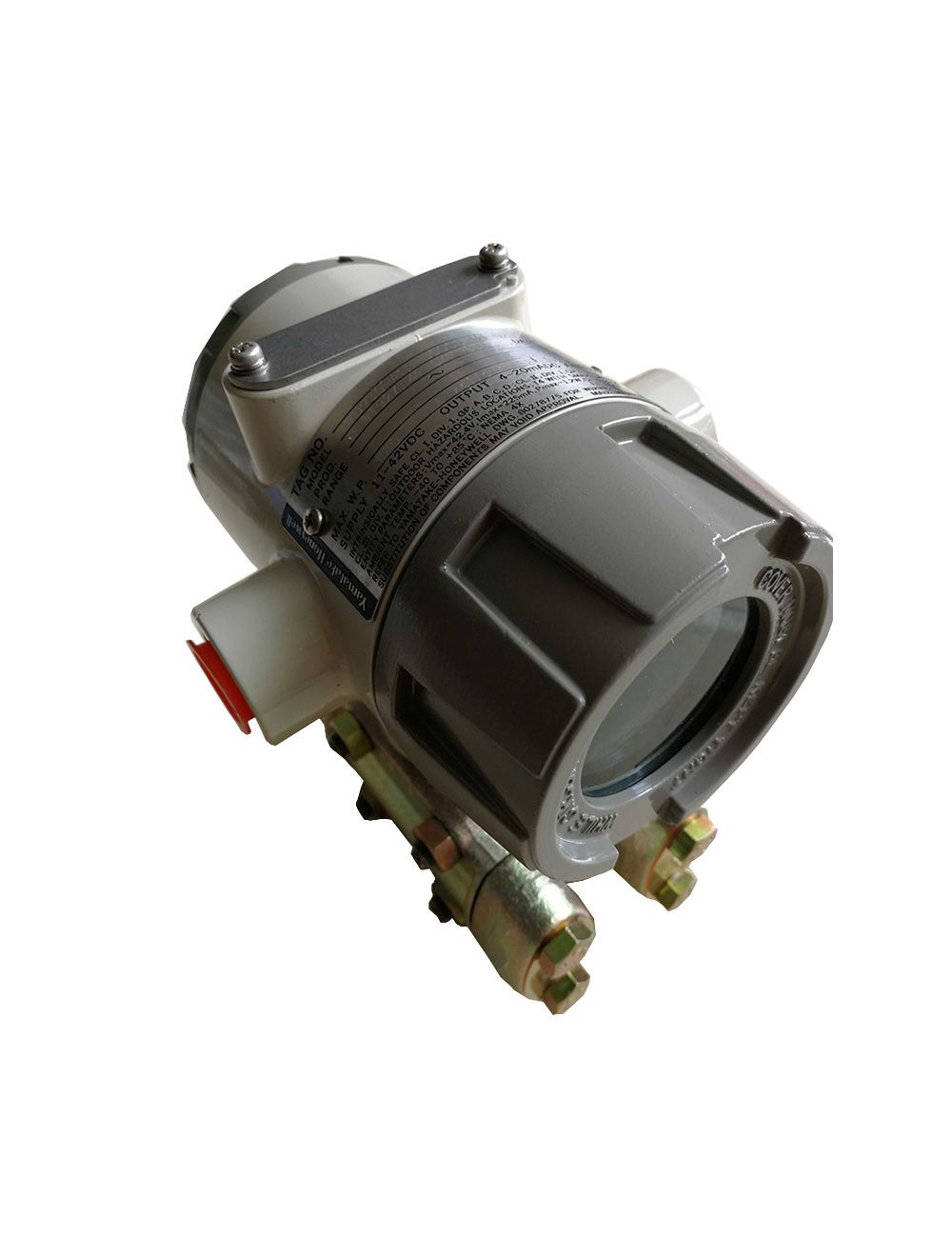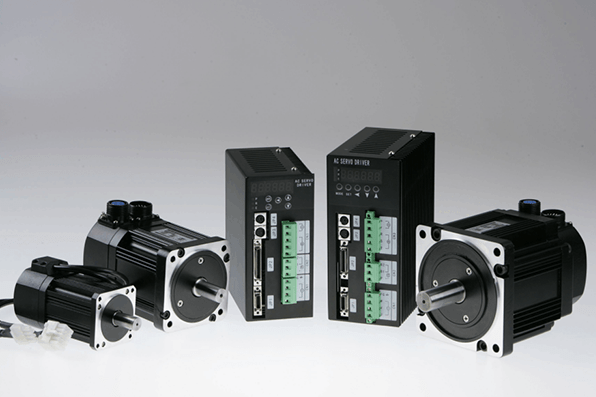
Figure 1: Servo motors and servo drives.
In recent years, robotic technology has been widely used in industrial production, service industries, medical care and other fields. The motion control of robots is the key to achieving various complex tasks. As a high-performance drive solution, servo motors play an important role in robotics by providing precise, high-speed motion control.
This article will take the innovation and development of servo motors in robot technology as the theme, introduce its advantages and applications in the field of robots, and look forward to future development trends of servo motors.
1. Advantages of Servo Motors in Robotics
1. High-speed, high-precision motion control
Servo motors have the characteristics of fast response speed and high positioning accuracy, and can achieve high-speed and high-precision motion control. This enables robots to quickly and accurately complete various complex tasks, improving work efficiency and production quality.
2. Compact and lightweight structural design
With its compact and lightweight structure design, servo motors are suitable for robot application scenarios with limited space. It is small in size and light in weight, and can be flexibly embedded into the joints or end effectors of robots to achieve flexible and diverse movement methods.
3. Strong dynamic response capability
Servo motors have strong dynamic response capabilities and can quickly adapt to changes in the external environment and make corresponding action adjustments. This enables the robot to flexibly respond to different work scenarios and achieve more precise motion control.

Figure 2: Industrial robot structure.
2. Innovation and Development of Servo Motor Technology
1. High-efficiency drive technology
The servo motor drive is a key component that converts control signals into electrical signals. In recent years, high-efficiency drive technology has developed rapidly in the field of servo motors. Using advanced digital drive technology and current control technology, it can provide greater output torque, higher speed and better control performance. These innovative technologies effectively improve the dynamic response and motion smoothness of the servo motor.
2. Intelligent control strategy
The combination of servo motors and artificial intelligence technology is also a major innovation direction in the field of servo motors. By introducing artificial intelligence technologies such as deep learning and reinforcement learning, Robots can have adaptivity and learning capacity.
For example, using deep learning algorithms for pose estimation and target recognition of robots can achieve complex tasks, such as autonomous navigation and intelligent grasping.
3. High-precision position sensor technology
Motion control of servo motors requires accurate position feedback information. With the development of high-precision position sensor technology, such as photoelectric encoders, magnetic encoders, etc., it is possible to obtain the position information of the servo motor in real time and perform precise position adjustment through feedback control algorithms.
Innovations in these technologies have further improved the positioning accuracy of servo motors, meeting the needs of robots in high-precision operations.

Figure 3: Robot servo motors.
3. Application Cases of Servo Motors in Robotics
1.Industrial robots
Servo motors are widely used in industrial robots. By optimizing control algorithms and using high-efficiency drives, industrial robots can achieve high-speed, high-precision operations, including handling, assembly, welding and other tasks. The use of servo motors has effectively improved the automation level of the production line, production efficiency and product quality.
2. Service robots
Service robots are a field that has developed rapidly in recent years, and servo motors play an important role in it. For example, robotic arms driven by servo motors can complete complex grabbing and carrying tasks, enabling interaction with human users through precise motion control. These applications enable service robots to play a greater role in home, medical, catering and other fields.
3. Medical robots
Servo motors are also widely used in medical robots. For example, surgical robots can achieve minimally invasive surgery through servo motor-driven robotic arms, improving the accuracy and stability of surgery. At the same time, the high-precision control capabilities of servo motors also provide broader application prospects for medical robots, such as rehabilitation treatment, auxiliary diagnosis and other fields.

Figure 4: Medical robot.
4. Future Development Trend of Servo Motor Technology
1. Higher precision and more stable motion control
With the development of technology, servo motors will achieve higher accuracy and stability in motion control. By optimizing control algorithms and using more advanced drive and sensor technologies, servo motors can achieve more precise and stable motion control to meet the needs of various complex tasks.
2. More intelligent autonomous navigation and decision-making capabilities
The combination of servo motors and artificial intelligence technology will enable robots to have stronger autonomous navigation and decision-making capabilities. Through technologies such as deep learning and reinforcement learning, robots can perceive and understand the environment and make appropriate decisions. This will bring new breakthroughs in robot application scenarios and capabilities.
3. Flexible robot design
With the development of flexible robot technology, servo motors will be more used in the driving systems of flexible robots. Flexible robots rely on servo motors to achieve flexible movement and deformation, and can adapt to different environments and task requirements. This will bring greater expansion to the application range of robots.

Figure 5: The development history of robots.
5. Conclusion
Servo motors play an important role in robotics as a high-performance drive solution. Its high-speed and high-precision motion control capabilities enable robots to complete various complex tasks and meet the needs of different industry fields.
With the continuous innovation of drive technology, control strategy and sensor technology, servo motors will have broader application prospects in robotics. In the future, we can look forward to further breakthroughs in servo motor technology to provide more comprehensive and efficient solutions for the development and application of robotics technology.

